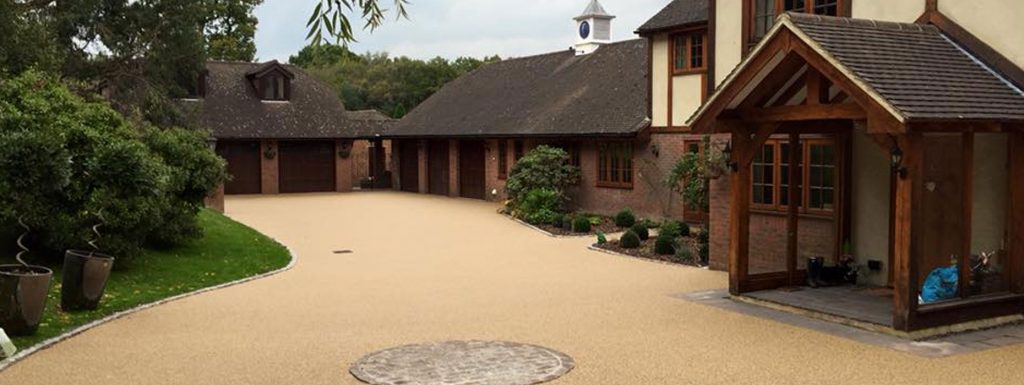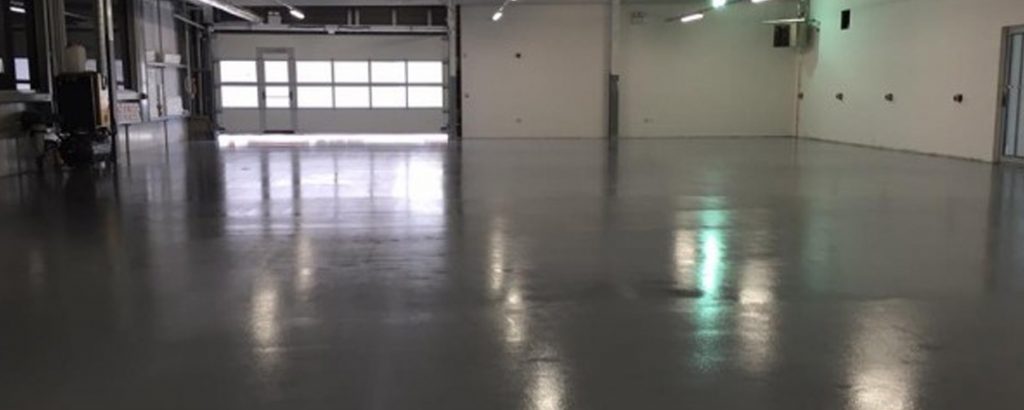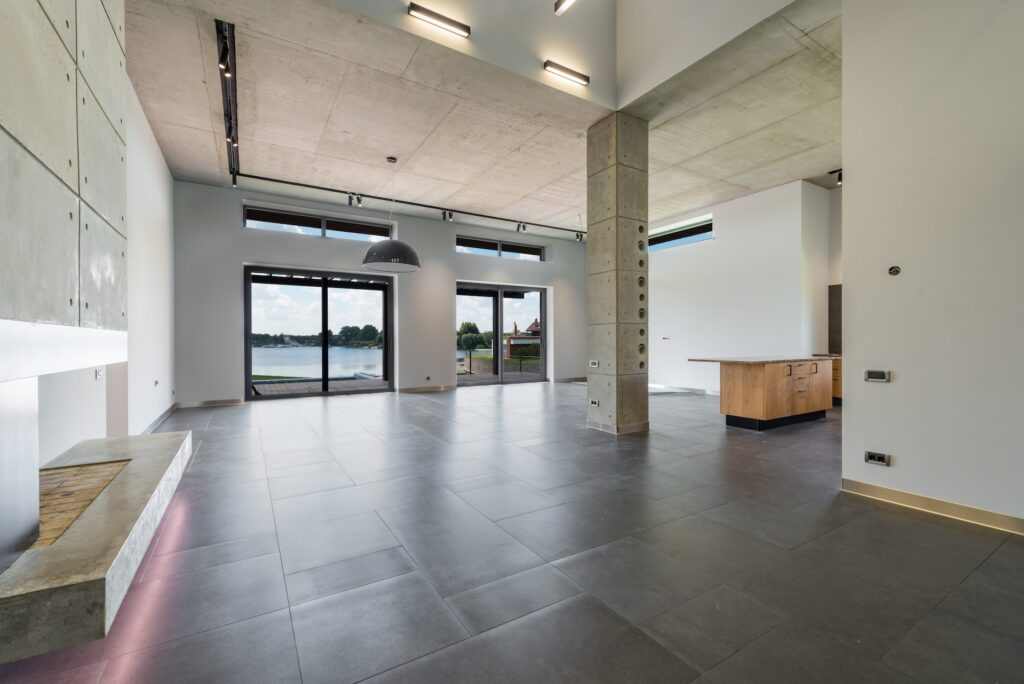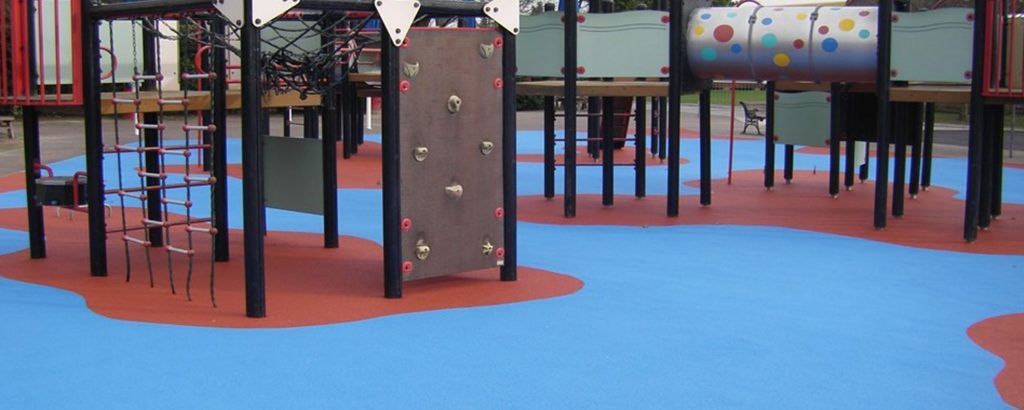We would describe the sub-base of your driveway as the unsung hero of all quality driveways. Whilst the finished appearance of the driveway looks great and performs well in all weather conditions, it is only able to provide these benefits due to the integrity and quality of the sub-base. In this article, we discuss the role of the sub-base, whether you need one, and the materials used for the sub-base.
Looking for a free resin driveway quote?
Fill out our contact form with more details about your driveway and we’ll get in with resin driveway costs.
What is a sub-base for a driveway?
A sub-base is made up from either unbound granular material or cement bound material and goes under the layer of driveway material that you have opted for. The goal of a sub-base is to evenly spread the load placed on top of the surface, and as a result, evenly across the sub-grade (the underlying ground) below it. This is beneficial for a number of reasons which we will describe later.
So why is a sub-base beneficial? The sub-base for driveways is based on the principle of load spreading; when you distribute a point load of a larger area, the surface can support a lot of weight. Particularly when they’re compacted in the right way, even a thin layer of the right material can ameliorate the paving’s ability to bear weight significantly.
Load spread means that you avoid damage, distortion or settlement much more effectively. Settlement and channelisation result from cheaper paving that doesn’t use a sub-base, and ‘tracks’ form when a car, for example, travels over the paving so routinely in the same place that it creates those thick dips in the surface.
It also plays a useful role in drainage to direct water in the right direction and to prevent pooling.
Does my driveway really need a sub-base?
A sub-base is optional, however, that doesn’t mean omitting it is wise. There are two important things to consider.
Firstly, consider the use of your driveway when considering whether you need a sub-base or not. If cars will be parked on the driveway (more often than not), then a sub-base is necessary. If the surface will only be used pedestrians, it’s not absolutely imperative.
Secondly, this depends on the type of paving or surface you intend to use. Given the wealth of materials and types of driveway available, it’s impossible to run through all of them, but the first rule is that a sub-base for a driveway will never have a negative impact. For some materials, like patterned concrete, it may not be essential, but a sub-base would be beneficial. For other materials, such as block paving, it is imperative.
Think of it like carpet underlay – without it, it doesn’t matter how nice your lovely new carpet (or driveway) is, it won’t be perfect without the right foundations. Without it, the driveway sinks over time and results in uneven surface, sometimes holes, and of course, this impacts the drainage.
Thinking long term, a good sub-base for driveway can be reused too, by simple taking off the paving and laying the new choice on top.
Ultimately, you don’t always have to use a sub-base, but we’d highly recommend one, and suggest that you only exclude one if there’s a good reason to do so.
How is a sub-base laid for a driveway?
1) Spread layers of max. 150mm with rakes. If it needs to be thicker, do it in separate layers to minimise risking settlement.
2) Compact the layer by multiple passes with equipment until compacted fully. Changing direction is ideal if it’s possible.
3) It must be level checked to make sure even, to a typical tolerance of +10mm to –15mm. Anything that isn’t in line should be raked off or topped up and compacted and releveled.
4) It’s important that it’s tight, i.e. no pockets or holes. This is avoidable by making sure there’s enough fine material within the layer.
How deep should a sub-base be for a gravel driveway?
For a standard sub-base of bound or unbound material, it needs to be a minimum of 100mm deep, and for a bitumen bound material, at least 50mm. For public paths, highways or heavy uses, that number increases.
The general rule is your sub-base should be at least double the depth of your biggest particle in order to avoid sharp points in the surface and any particle touching the top or bottom of the layer. This is important to make sure the load is spread evenly and so that there are no uneven points in the surface.
What is the cheapest surface for a driveway?
The cheapest way to do a driveway is in gravel, followed by concrete at number two, and in third place, using paving slabs. This is based on the cost per square meter. The most expensive options are brick and resin. Click here to find out more about resin driveways.
What are alternative options for a sub-base?
Limestone is the most common material, graded in various categories depending on the texture, with Type one being finer than 40mm, and Type 3 comprising of coarse 40mm particles.
Gravel is a reasonable alternative, provided it’s fine enough, well compacted and restrained at the edges to make sure it doesn’t spill out or shift.
Concrete should be avoided because of its solid, inflexible nature. Sand is also unsuitable because of the tendency to shift and move and the very poor drainage properties.





